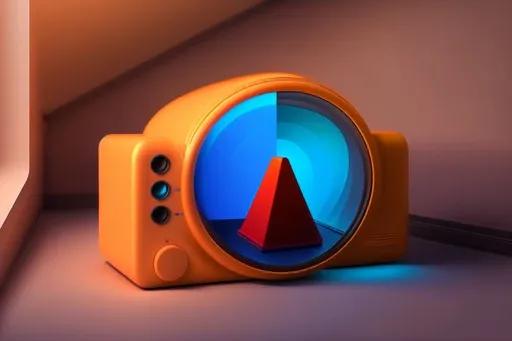Best case studies in Usability Testing practice
2024-04-03

Introduction
Usability testing is a crucial aspect of the design process, helping businesses create products that deliver exceptional user experiences. Through real-world scenarios and user interactions, usability testing identifies potential issues and validates design decisions. In this article, we will explore some of the best case studies in usability testing practice, showcasing how this methodology has led to significant improvements in user satisfaction and product success.
1. Google Maps: Simplifying Navigation
Google Maps, a widely used navigation app, is a prime example of effective usability testing. In one of their usability tests, Google sought to improve the app's user interface for finding and selecting alternative routes. Through in-person testing, they observed users navigating different routes and collecting valuable feedback.
The results of the usability test revealed that users were overwhelmed by the multitude of options presented. Based on this feedback, Google implemented a new design that simplified the process by presenting only the most relevant alternative routes. As a result, users found the navigation experience more intuitive and efficient, leading to increased user satisfaction and retention.
2. Airbnb: Streamlining the Booking Process
Airbnb, a popular online marketplace for lodging and tourism experiences, conducted usability testing to enhance its booking process. They aimed to streamline the complex procedure and reduce user drop-offs during the reservation process.
By analyzing user behavior during moderated testing sessions, Airbnb identified several bottlenecks. These insights led to a redesigned booking flow, featuring clearer instructions, simpler forms, and enhanced visual cues. As a result, the conversion rate improved significantly, leading to a surge in bookings and increased revenue.
3. Slack: Refining User Onboarding
Slack, a leading team communication tool, recognized the importance of a seamless onboarding experience for new users. To optimize their onboarding process, they conducted remote unmoderated usability testing on a diverse group of participants.
The insights obtained from the usability test helped Slack identify points of confusion and areas where users needed additional guidance. As a result, they made key improvements to their onboarding flow, such as introducing contextual tooltips and simplifying the setup process. These changes led to a reduction in user drop-offs during onboarding and increased user retention rates.
4. Dropbox: Enhancing File Sharing
Dropbox, a popular cloud storage service, used usability testing to address user frustrations with file sharing and collaboration. They conducted a series of unmoderated remote usability tests, allowing users to interact with the product in their natural environment.
The findings from the usability tests revealed that users had difficulty locating sharing settings and inviting collaborators. In response, Dropbox simplified the sharing process and provided clearer instructions. Consequently, users found it easier to share files with others, resulting in higher user engagement and satisfaction.
Conclusion
These best case studies in usability testing practice highlight the significant impact that user-centric design can have on the success of a product. By observing user interactions, gathering feedback, and making data-driven improvements, companies like Google, Airbnb, Slack, and Dropbox were able to enhance their products' usability, resulting in increased user satisfaction, engagement, and revenue.
Usability testing remains an invaluable tool for businesses seeking to create user-friendly and successful products. By incorporating usability testing into the design process, companies can make informed decisions, address user pain points, and deliver exceptional user experiences that set them apart in today's competitive market. Whether it's streamlining navigation, refining onboarding processes, or enhancing collaboration features, usability testing continues to be a driving force behind product innovation and customer satisfaction.